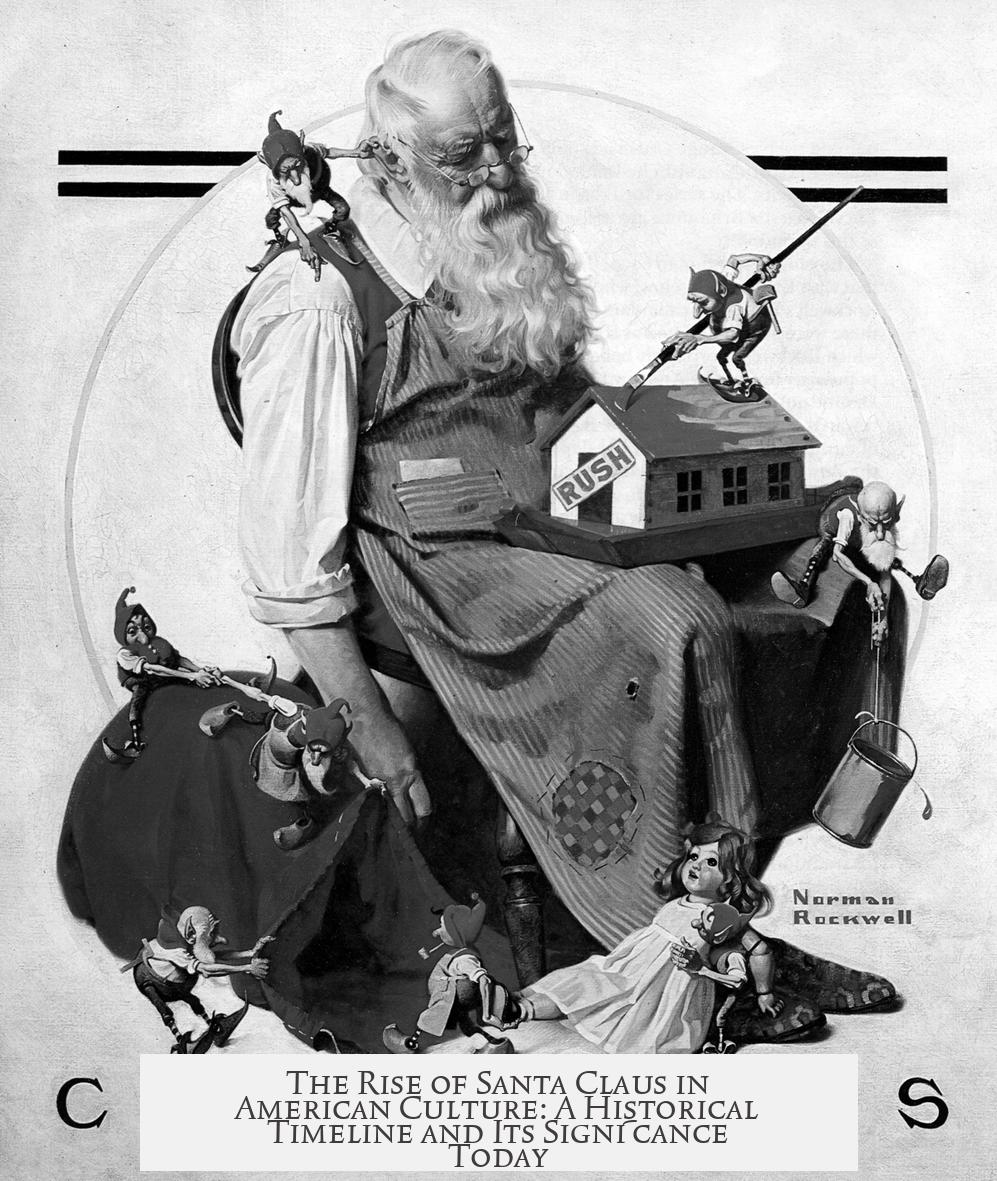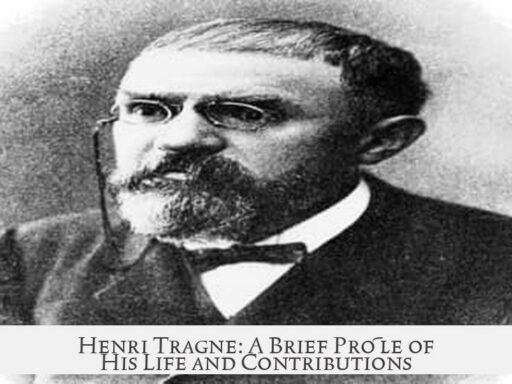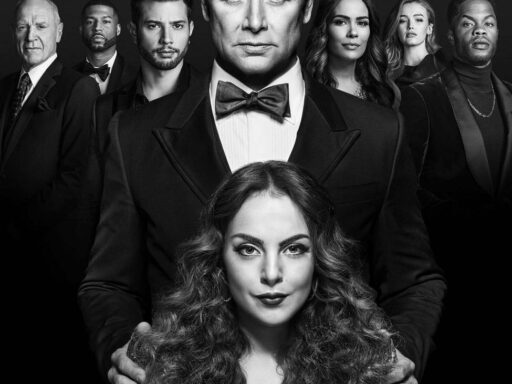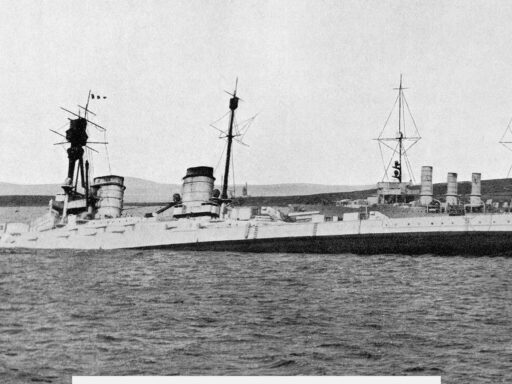Santa Claus becomes part of mainstream American culture primarily during the 1820s and 1830s, with the publication of the poem “A Visit From St. Nicholas” in 1823 serving as the turning point that cements his image and widespread popularity nationwide by the 1830s.
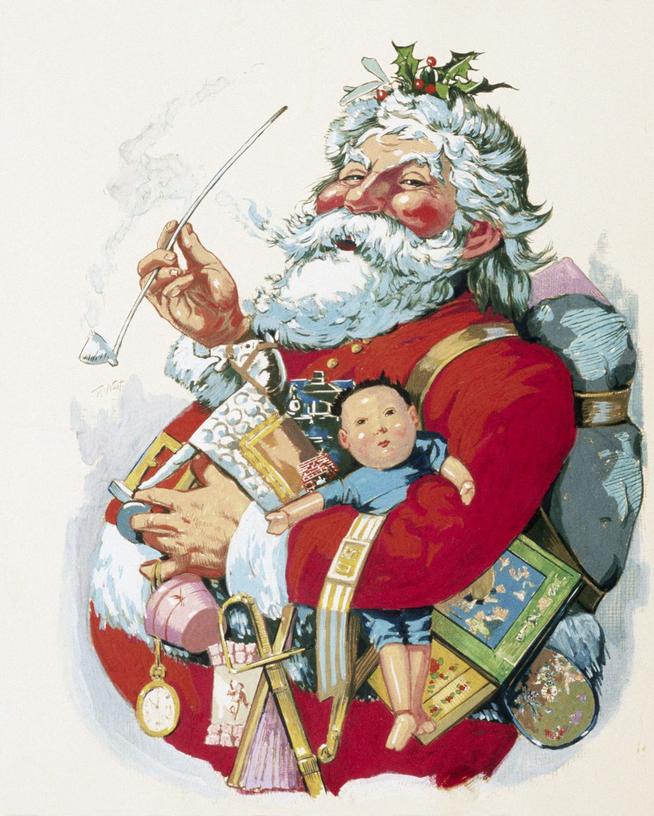
The figure of Santa Claus originates from Dutch immigrants’ traditions, derived from the name Sinterklaas, a shortening of Saint Nicholas. This figure was well known in the Dutch communities of New York from the 1600s onward. Early mentions of Santa Claus appear in the 18th century, including a 1773 New York newspaper that references “St. A Claus” in connection with St. Nicholas Day celebrations.
Washington Irving further popularizes the name “Santa Claus” in the early 1800s. His 1809 satirical work, Knickerbocker’s History of New York, describes gift-giving by Saint Nicholas flying over the city and dropping presents down chimneys. This narrative adds imaginative detail and spreads awareness among English-speaking Americans.
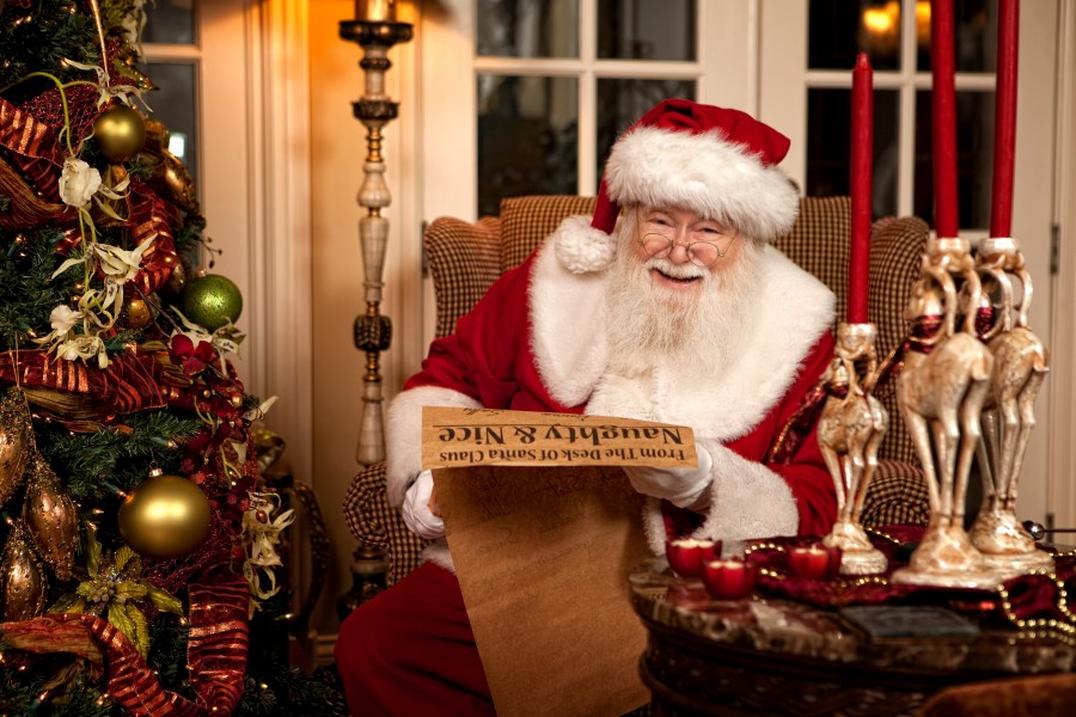
In 1810, John Pintard’s broadside includes both a poem and illustrations showing Santa Claus associated with children’s stockings hung by the chimney. Although the depiction differs from today’s modern image, the gift-giving tradition is clear, emphasizing the evolving American figure. Pintard’s efforts reflect concern about preserving Dutch customs amid cultural shifts post-American Revolution.
However, the major breakthrough for Santa Claus comes with the 1823 publication of the poem “A Visit From St. Nicholas”, also known as “Twas the Night Before Christmas.” This poem introduces essential elements carried into modern lore. It describes Santa as a jolly, plump man with a white beard who travels in a sleigh pulled by eight flying reindeer. The poem firmly establishes Christmas as the occasion for his gift-giving visit, moving the tradition from St. Nicholas Day or New Year’s Day to December 25th.

The poem’s popularity rapidly grows beyond New York, reaching newspapers across the United States. By the 1830s, references to Santa Claus appear nationwide, signaling his full integration into mainstream American culture.
| Year | Event | Significance |
|---|---|---|
| 1600s | Dutch St. Nicholas gift-giving tradition | Origin of Santa Claus in Dutch immigrant communities |
| 1773 | First print mention of “St. A Claus” in New York | Documented early awareness in colonial America |
| 1809 | Washington Irving’s “Knickerbocker’s History of New York” | Popularizes Santa Claus name and legends |
| 1810 | John Pintard’s broadside | Established gift-giving tradition at Christmas |
| 1823 | “A Visit From St. Nicholas” poem | Core elements of Santa Claus legend ingrained |
| 1830s | Nationwide Santa Claus popularity | Santa Claus becomes mainstream across the US |
| 1860s | Thomas Nast’s illustrated Santa Claus in Harper’s Weekly | Iconic modern image of Santa solidified |
By the mid-19th century, Santa Claus is widely recognized throughout the United States. Newspapers in Virginia and Philadelphia reference Santa Claus, sometimes spelled as Santa Klaus or Kriss Kringle, showing the spread beyond his Dutch roots. Books from the 1840s and 1850s include stories and poems about Santa.
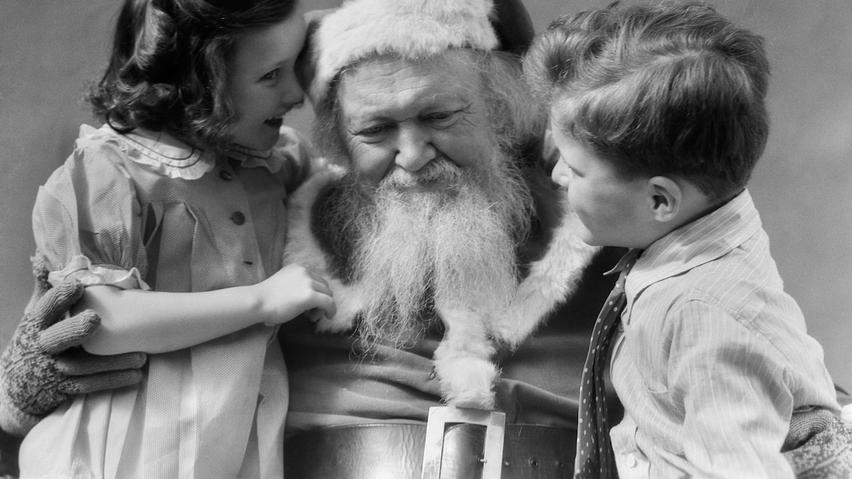
Illustrator Thomas Nast enhances Santa’s image in the 1860s with a series of widely circulated drawings in Harper’s Weekly. Nast’s portrayals depict Santa in fur clothing, jolly and bearded, fitting the description popularized in the 1823 poem. By this period, the figure of Santa Claus requires little explanation and enjoys universal recognition.
The shift of Santa Claus’s arrival date to Christmas, rather than St. Nicholas Day, emerges strongly during this culture solidification phase. The Americanized Santa Claus figure integrates elements of Dutch tradition, poetic invention, and popular media depictions to achieve its now-iconic status.

- Santa Claus originates from Dutch Sinterklaas traditions brought by 17th-century immigrants.
- The first printed American mention was in 1773 in a New York newspaper.
- Washington Irving popularizes the name and stories in 1809.
- John Pintard’s 1810 broadside links Santa to Christmas gift-giving.
- Most importantly, the 1823 poem “A Visit From St. Nicholas” defines the modern Santa.
- By the 1830s, Santa Claus is mainstream across the United States.
- Thomas Nast’s 1860s illustrations cement Santa’s iconic image.
When Did Santa Claus Become Part of Mainstream American Culture?
Santa Claus officially became a staple of mainstream American culture by the 1830s. This transformation didn’t happen overnight but grew over about a century, driven by evolving traditions, literature, and illustrations. Let’s unwrap the story of how this jolly figure slid down the chimney of American hearts.
So, how exactly did a Dutch saint named “Sinterklaas” morph into a chubby fellow in a red suit seen everywhere from coast to coast? The answer is a fascinating mix of folklore, literature, and a pinch of commercial flair.
From Dutch Roots to Early American Mentions
The saga begins with the Dutch immigrants in New York (then New Amsterdam). The name Santa Claus comes from the Dutch “Sinterklaas,” a variation of Saint Nicholas—yes, that Nicholas, the real-life bishop famed for gift-giving. Ever wonder why kids put out stockings? That tradition traces back to this very saint.
In fact, the earliest printed American whisper about “St. A Claus” appears in a 1773 New York newspaper, Rivington’s Gazette. The article describes a festive gathering celebrating St. Nicholas Day. This shows that even before the United States was a twinkle in the history books, the figure was part of local celebrations.
Fast forward to the early 1800s. The name “Santa Claus” surfaces again in writings by Washington Irving, America’s famous satirist and author of Knickerbocker’s History of New York. Irving’s playful depiction of a flying, chimney-visiting gift giver captured imaginations. Suddenly, Santa wasn’t just a religious figure; he was part of a uniquely American urban myth.
Early 19th Century: Building the Legend
In 1810, John Pintard, founder of the New-York Historical Society, helped spread the tradition by commissioning an illustrated poem about “Sancte Claus.” While Pintard’s image didn’t resemble our modern Santa, the gift-giving connection—treats in children’s stockings hung by the chimney—was already established.
Dipping further into nostalgia, Pintard’s letters from 1819 reveal he was keen to preserve fading Dutch holiday customs, fearing the “old times” might be lost in the melting pot of post-Revolution America. His efforts—alongside Washington Irving’s—helped create a bridge between old-world folklore and new American traditions.
The Game Changer: “A Visit from St. Nicholas” (1823)
All roads lead to that magical 1823 poem, A Visit from St. Nicholas, better known as “Twas the Night Before Christmas.” Did you know this poem is the spark that lit Santa’s widespread fame? It introduced key details: eight flying reindeer, Santa’s jolly belly, his descent through chimneys, and the timing of his visit on Christmas Eve—not St. Nicholas Day.
This poem’s catchy verses became an annual newspaper tradition by the 1830s, spreading beyond New York’s borders. One could say it was the viral meme of its day, embedding Santa Claus deeply into American culture.
Santa Claus Goes Nationwide and Takes the Stage
By the 1840s and 1850s, Santa Claus references popped up in communities well beyond New York and New Jersey. A Portsmouth, Virginia, newspaper in 1845 ran an ad noting Santa’s joyful preparation to bring comfort. Philadelphia’s 1847 book Kriss Kringle’s Christmas Tree used the name Santa Klaus. Boston’s 1853 publication included poems pondering exactly who Santa was. It wasn’t just children’s stories anymore; it was part of cultural conversation across several states.
Visual confirmation came with Thomas Nast’s illustrations in Harper’s Weekly during the 1860s. Nast, often credited with molding the modern image of Santa, depicted him as a rotund, white-bearded man in fur—visually cementing Santa’s place in American Christmas lore. By this time, mentioning “Santa Claus” didn’t require explanation, signaling how mainstream he had become.
The Full Timeline: How Did It Unfold?
| Year | Milestone |
|---|---|
| Pre-1776 | Dutch Sinterklaas traditions known in New York |
| 1773 | First printed mention of St. A Claus in New York newspaper |
| Early 1800s | Washington Irving popularizes “Santa Claus” and flying gift-givers |
| 1810 | John Pintard’s poem & illustration promote gift-giving traditions |
| 1823 | A Visit from St. Nicholas introduces the modern legend nationwide |
| 1830s | Santa Claus becomes part of mainstream culture beyond Dutch communities |
| 1840s-1850s | References to Santa Claus appear widely across U.S. publications |
| 1860s | Thomas Nast creates iconic, recognizable Santa imagery |
Why Does This Matter Today?
Understanding when Santa Claus entered mainstream American culture reveals the melting pot nature of America itself. From Dutch settlers and post-Revolution nostalgia to poetry and political cartoons, Santa didn’t just appear; he evolved.
Think about your own holiday traditions. How many traces of this hundred-year transformation still resonate? The stockings, the reindeer, the jolly man with a white beard—all nod to a rich history combining folklore and early American creativity.
Practical Takeaway: Making the Santa Tradition Your Own
If you’re looking to add depth to your holiday celebrations, why not share the story of Santa’s American journey? It can enrich how kids (and adults) see the festivities—not just gifts and cookies, but a link to cultural history.
Want a unique twist? Try reading A Visit from St. Nicholas by candlelight, to capture the poem’s original impact. Or explore Thomas Nast’s illustrations online to visualize how America’s Santa image was crafted.
Bonus Thought: How Might Santa’s Story Continue to Evolve?
Santa Claus adapted to the times before—why not now? With technology and social change, future generations might add new chapters: Santa’s sleigh could be electric, or his reindeer might get a GPS upgrade.
Could your holiday tradition be the next evolution? Maybe this year, as you tuck children in, you’re helping carry on the story that began centuries ago in New York’s Dutch neighborhoods.
So next time you see that red-suited man on a rooftop, remember: he’s not just a myth. He’s a living piece of America’s cultural puzzle, stitched together over decades with stories, art, and a whole lot of holiday cheer.

